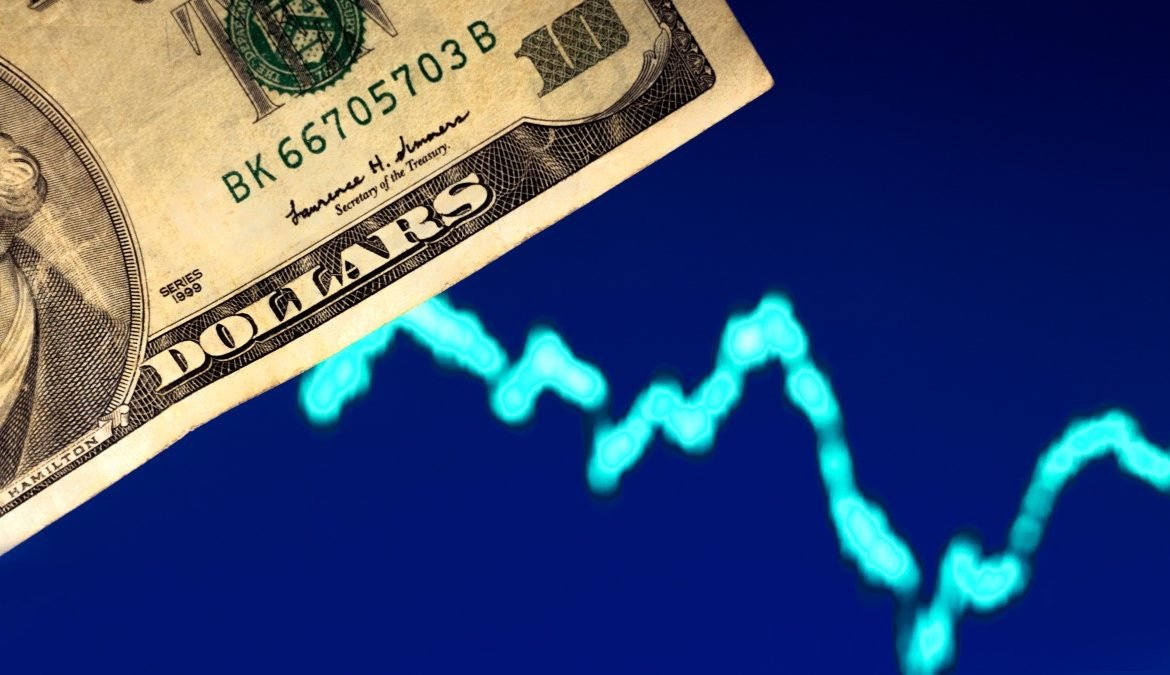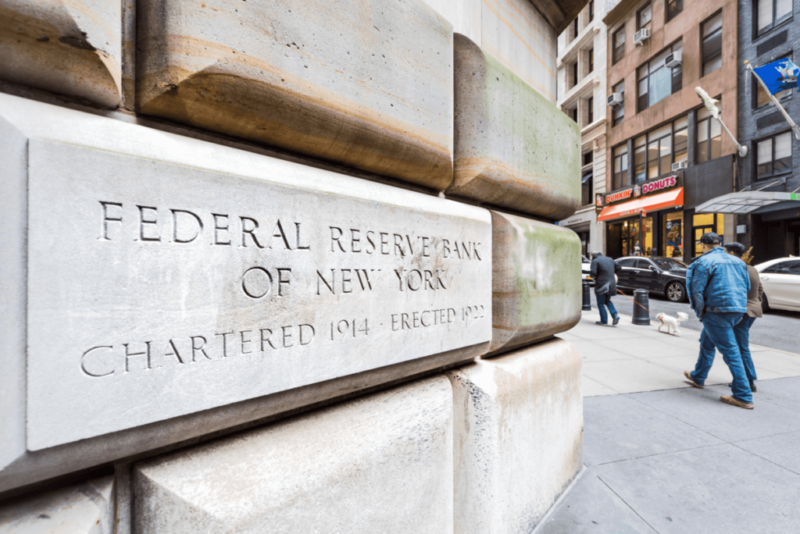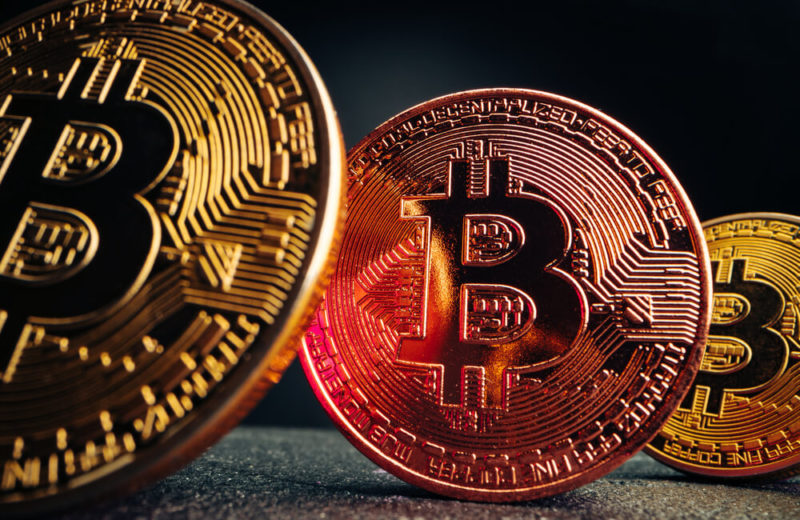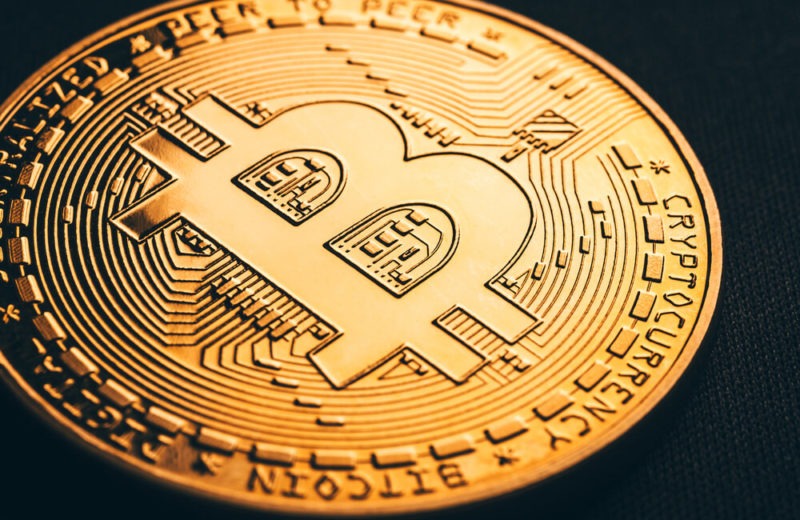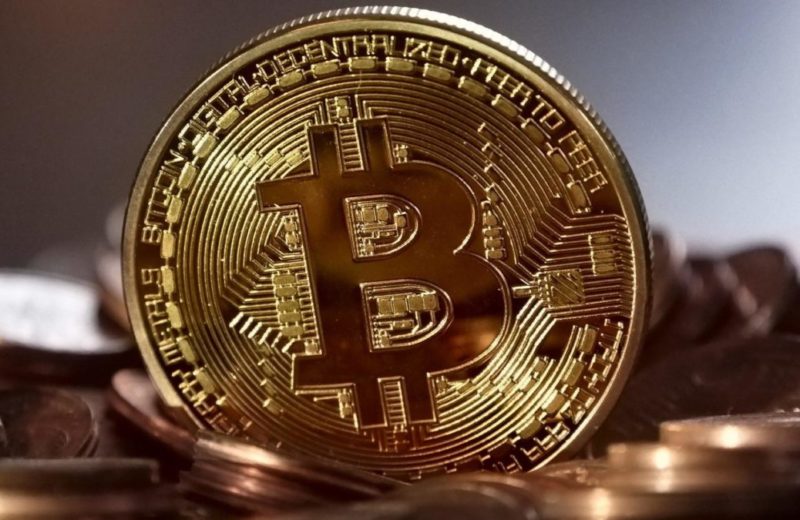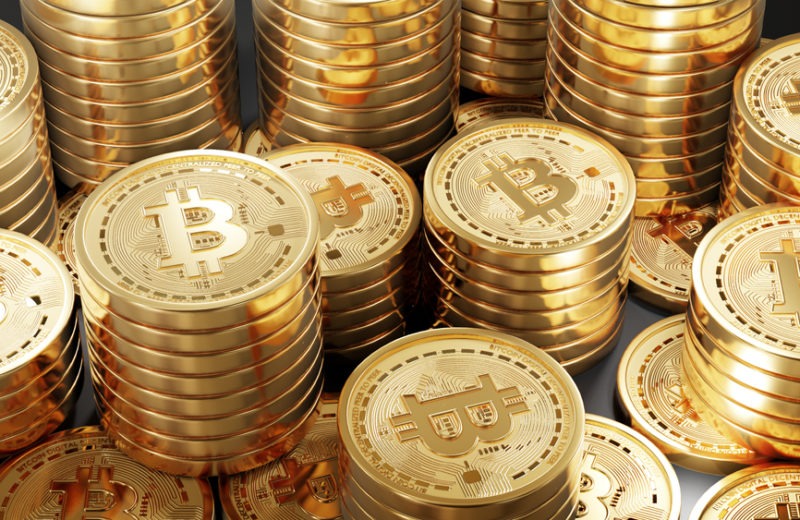Let us check the situation for Bitcoin and the United States. The loosening of inflation boosted bitcoin. Simultaneously there are expectations that the Federal Reserve will inadvertently support safe haves with its decisions.
The United States Federal Reserve wants to maintain an average of two percent inflation. Thus, bitcoin (BTC) spiked to $11,600 on August 27.
Jerome Powell, Federal Reserve chair, delivered a speech on the state of the economy. Then, some data from Coin 360 and Cointelegraph showed that BTC/USD jumped several hundred dollars on Thursday.
Markets were expecting for the signs about inflation retargeting. Previously, rumors suggested that the Federal Reserve would allow rates to go as high as four percent.
At the event, Powell confirmed that inflation might head higher than the Federal Reserve’s two percent target. Nevertheless, it can only be temporary.
Powell said and summarized that appropriate monetary policy would most probably aim to achieve inflation moderately above two percent for some time, following periods when inflation has been running below two percent.
United States
Up 0.7% on the day during heightened volatility, BTC/USD was lower by around $11.390, at press time following remarks of Powell.
Expectations were already high, that inflation would weigh on the United States dollar and boost safe-haven assets. That is what Cointelegraph reports.
Thus, gold spiked to over $1,970, up by over $30 from hovering at $1,940 through the week.
In recent weeks, the United States dollar currency index had dipped to two-year lows. However, it subsequently rebounded to roughly where it had lingered at on Wednesday.
In conducting monetary policy, Powell concluded that they would remain highly focused on fostering as strong a labor market as possible for the benefit of all Americans.
Furthermore, Powell added that they would steadfastly search to achieve a two percent inflation rate over time.
That is the situation in the United States.


